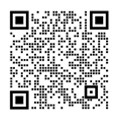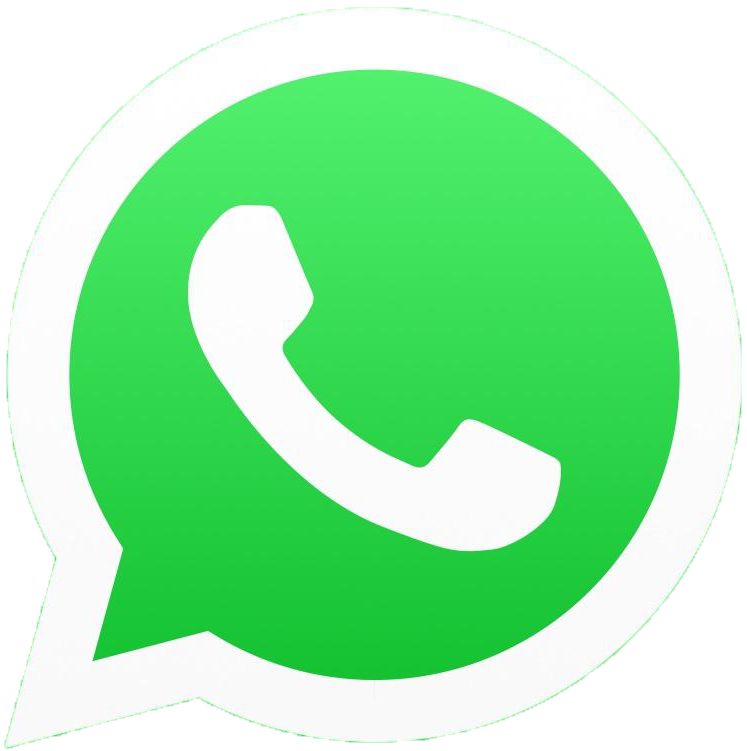UV printing technology opens up new opportunities for printers to try to print on different types of substrates. In the past, imaging on glass was primarily achieved through painting, etching, and screen printing; now, it can be achieved with UV inkjet flatbed printer technology.
The biggest trend in glass printing is the ability to get a high-end, high-quality color look. In addition, although one of the great uses of glass printing is retail goods, its application in architecture, engineering, and interior design is becoming more widespread.
Creative on new substrates
With glass printing techniques, painters can perform better.
The painters can display and sell paintings on tables, coffee tables, shower doors, glass toll booths, glass plates and other things, combining them with artistic expressions. With the development of UV printing, they found new & ldquo; Canvas & rdquo;.
At present, another popular application is to print a unique architectural sign on the glass that can be used inside the office building and reception area.
Printing Process
The painter and interior designer found that reverse-printing glass is a very effective method and does not require the use of tackifiers. Printing on the reverse side, or "second surface printing", allows the final product to be protected by the glass itself.

No coating required
UV printing can also be successfully performed on glass without applying glass.
Print on glass with low-curing light, then cure the print with a non-printing channel, "double print" glass print, or glass etch is used instead of adding tackifier or liquid overlay , are the way to protect the glass.
Using a glass to make a canvas
Photographer, artist, printer, printmaker and author BonnyLhotka has developed the SuperSauce solution, which contains approximately 91% isopropyl alcohol for transfering pigmented inkjet printed images onto glass. .
UV-LED Technology
The success of printing on glass depends on excellent adhesion and bonding. There are three techniques that can be used to improve adhesion when printing with UV-LED printing technology.
The first method is to apply a primer.
This technique requires the primer to be applied to the entire surface of the glass, preferably with a lint-free cloth. The primed surface creates a hazy, dull appearance.

The second is to use the MimakiPR-100 printer to print the primer spray. The PR-100 accurately prints the primer where it is needed without the need for additional wiping or polishing.
The third technique is plasma treatment. First, it removes various surface impurities such as dust or solvent residue that may remain. At the same time, it produces a surface that is more conducive to the combination of ink.
Other tips and tricks
To extend your life, there are a few key steps to follow.
First of all, it is recommended to wear cotton gloves when printing; in addition, due to the manufacturing process, the glass has a transparent side and the "fog" side must be printed on the transparent side of the glass.
The biggest difference between other UV printing processes and specialized glass printing processes is the post-printing baking process. This baking process permanently bonds the glass, primer and ink together for long-lasting use.


